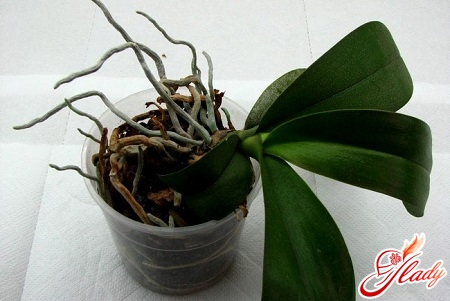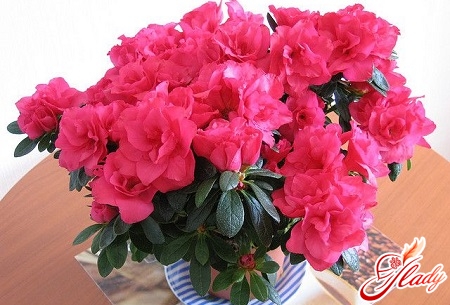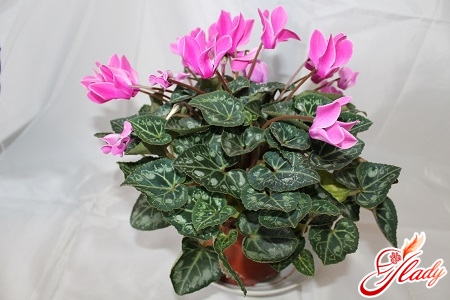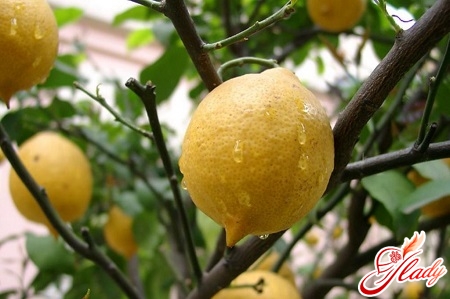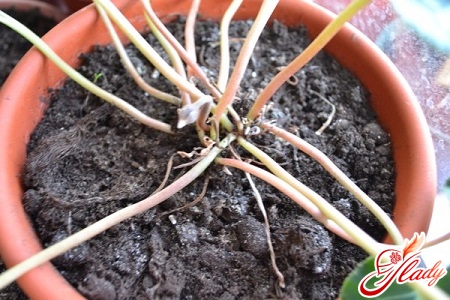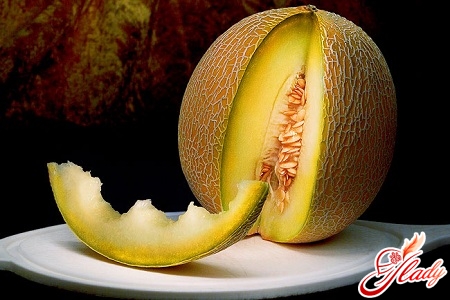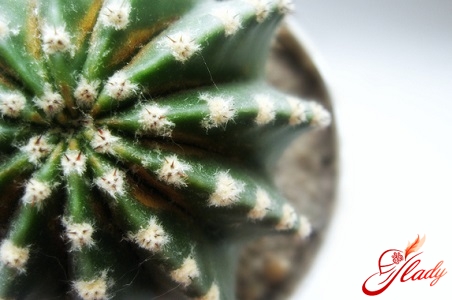 And you know that cacti are not onlyunpretentious houseplants, but also an excellent object for collecting? There are so many of them that no botanical garden of the world has a complete collection. At present, science knows more than three thousand varieties of plants from a spiny family, but experts are finding its new representatives. In addition to large cacti, there are among them the most real Lilliputians, reaching the size of a two-kopeck coin. This species is called blossfeldia. So you want to draw an analogy with a tiny insect - a flea. Do you think how many such miniature copies will fit on your windowsill? In addition, cacti live for a long time, they are unpretentious, and it is not so difficult to look after them. And how unusually on the covered with thorns a green plant the blossoming suddenly tender flower looks! Believe me, this show will not leave anyone indifferent. Therefore, cacti and care for them - the concepts are completely compatible with collecting and indoor floriculture. But even if such gathering is not your element, then the desire to have several prickly hearts at home is understandable. What is so special about these prickly inhabitants of the desert? Let's figure it out.
And you know that cacti are not onlyunpretentious houseplants, but also an excellent object for collecting? There are so many of them that no botanical garden of the world has a complete collection. At present, science knows more than three thousand varieties of plants from a spiny family, but experts are finding its new representatives. In addition to large cacti, there are among them the most real Lilliputians, reaching the size of a two-kopeck coin. This species is called blossfeldia. So you want to draw an analogy with a tiny insect - a flea. Do you think how many such miniature copies will fit on your windowsill? In addition, cacti live for a long time, they are unpretentious, and it is not so difficult to look after them. And how unusually on the covered with thorns a green plant the blossoming suddenly tender flower looks! Believe me, this show will not leave anyone indifferent. Therefore, cacti and care for them - the concepts are completely compatible with collecting and indoor floriculture. But even if such gathering is not your element, then the desire to have several prickly hearts at home is understandable. What is so special about these prickly inhabitants of the desert? Let's figure it out.
Portrait sketch
Cacti come from America. This is a huge family of plants that have juicy stems, flowers and fruits similar in structure, and also have special organs - areoles. This is exactly the very needles and hairs that gave all members of the evergreen described the presently known name - "cactos", which in Greek means a prickly plant. But this is not only the balls with spikes that are familiar to us. In nature, cacti come in a variety of forms, sizes and bizarre species, namely:
- Creeping, with branches bent to the ground;
- Tree-like, sometimes indistinguishable from ordinary trees;
- pillars, which look like many meters of bare or branched pillars;
- lianate, growing on the ground, and on trees, and on rocks;
- epiphytic, hanging from the other plants.
Cactus became known to mankind already in the beginningsixteenth century. Even before the appearance of Europeans in Europe, the Aborigines cooked food from this plant, used it as medicine, adapted it as a free and public building material, and conducted various religious rituals with it. In Mexico, cacti are still eagerly eaten, but in our country they are widely distributed as ornamental houseplants. With really endurance and unpretentiousness, cacti require special (though not at all complicated) care. It is important to understand the main phases of the plant's life cycle and then, to grow a real prickly garden on your own balcony or window sill, you need only patience and certain knowledge. The practice of indoor floriculture shows that the cacti themselves and care for them are quite suitable for both experienced and novice florists. 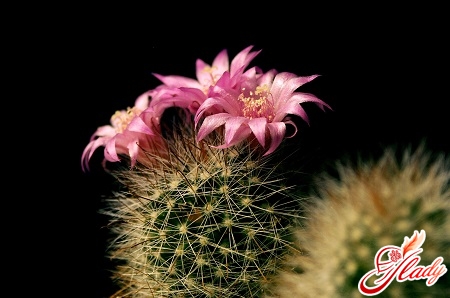
General Content Rules
The life of cacti, however, like everyone elseplants, is divided into two successive periods: the growth phase and the rest phase. The first of these, known as vegetation, begins with the arrival of spring and lasts until the middle of autumn. This time requires more frequent watering, sunlight and a constant influx of fresh air. To provide the whole complex of favorable conditions, put your prickly pets on the balcony or build for them a special compact shelf with bumps outside the window. But be careful, because some types of cacti do not tolerate direct exposure to ultraviolet rays. This applies to gimnokalitsiumov, not all, but many of them. And you also need to know that the scorching summer sun can cause burns in plants. Avoid this help in time taken measures to shade or transfer cacti to a more favorable place. But still in the growth of cacti it is better to keep in the fresh air. At the same time, plants are propagated and transplanted. In order not to get confused in the representatives of this family, it's best to sign flowerpots with each of them at once - so you will always be able to correctly orient yourself, how much and what is needed for a specific prickly pet. The period of rest (hibernation) of cacti lasts almost all autumn and winter. At this time it is better to keep them at a low temperature. Watering should be very moderate, and for some species of cacti and completely absent. If the wintering of young cacti takes place in a cool (about 20 degrees) room, then in the summer they will blossom abundantly. And even better, if from November to February you will be able to maintain even lower temperature indices (from 5 to 15 degrees above zero) in a room where so-called old-timers are already located. This will allow them to bloom no worse than the young. But in any case, during the rest period, the plants should be protected from warm air streams: for this, experienced flower growers recommend keeping them on a glass balcony or on a windowsill, as close as possible to the window glass.
Planting and reproduction
For planting cacti is best to buyready land with a weakly acid reaction, specially designed for them. But if there is no such possibility, then make the soil yourself. To do this, you only need to mix in coarse proportions coarse-grained sand, leaf and turf humus. For a better water and air permeability, a little bit of crumb can be added to the earth mix. A weakly acid reaction in the homemade mixture will ensure the prevalence of sand over peat about once in two. Plant cacti in pots, the diameter of which is slightly larger than the width of the plant itself. The bottom of the flowerpot do not forget to cover with a thin layer of drainage material, and top up with a bit of expanded clay or ordinary gravel. This will allow you to avoid excessive compaction of the soil mixture in the pot. The material and shape of the dishes for these colors can be any. But rectangular pots with a sliding bottom are preferable - they save space and allow easy removal of the plant if necessary. The prickly inhabitants of the desert reproduce by processes that break off from an adult parent plant. They are called children. You can also plant cuttings, which are cut off the upper parts of cacti. The unpretentiousness of the plants will allow you, after a certain period of time, to bring out a perfectly decent amount of viable young. You can plant both adult plants and children (cuttings). To reproduce the appendages, the baby is carefully separated from the cactus, allowed to dry thoroughly to avoid rotting, and rooted in moist soil or in dry sand, making a small depression there. Already adopted in a new pot the baby is transplanted to a permanent place of residence. It is advisable to first determine newly acquired plants for a monthly quarantine, and only then to attach it to the general collection of cacti. This necessity is caused by the susceptibility of these spines to various diseases. Adult plants need to be transplanted into larger dishes as they grow. 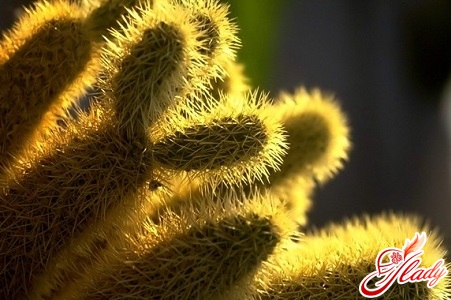
Watering
Just in irrigation and is the main care forcacti. The correct process of moistening the soil is a guarantee of the longevity of your green thorny pets. For irrigation you need to take soft water (from household filters, or bottled water). It is already devoid of the remains of heavy metals and salts, therefore it is optimal for all houseplants without exception. If for reasons of economy you are going to use the one that flows from the tap, then it must first be boiled and allowed to settle. The water temperature for irrigation should not be lower than room temperature. Humidify cacti often and little by little. It is not so often necessary to take care of cacti, but even in such an uncomfortable business it is important to ensure the right approach. Therefore, it is worth sticking to such a scheme of moistening: the earth clod is spilled completely, the water from the pallet is drained, the next step is made only after the land has dried to the full depth. If you do otherwise, then instead of healthy plants you risk getting weak similarities with rotten roots. In the heat, the soil under the cacti is not moistened, since watering during hot weather can cause sunburn. The right time to saturate the plant with water is evening or cloudy weather. The interval between watering is determined by the age and size of cacti. Small prickly pets are watered more often, because because of their size, it is difficult for them to cope with the long absence of water, large - less often. The main thing is that between the periods of moistening the soil in the pot dries completely. With the beginning of autumn, watering should be gradually reduced, and by the beginning of winter it should be reduced to a minimum or completely stopped. By the way, if among your barbed collection there is such a kind as a notoktus, then you should know about one of its very specific features. This plant in summer falls into a kind of stupor, called stagnation. At the same time, the cactus does not grow, so it does not need watering at all. Therefore, never buy a new plant, without first knowing its name and associated recommendations, providing him with proper care.
Diseases
The most common ailments of cacti -fungal diseases. Most often, these diseases are easier to prevent than to get rid of them. Effective treatment can only be at the earliest stages. Such a mistake in the care of cacti, like abundant watering in the cold season, is the most frequent cause of illness. Therefore, the main thing in the fight for the health of thorny pets is prevention and "first aid" to a diseased plant. Here are some rules that you need to adhere to already in the early stages of the disease:
- At the first suspicion of putrefactive disease, the cactus needs to be moved to a warm room and stop watering.
- Any damage must be cut and dried.
- The diseased plant should be taken out of the ground and examined the roots, cut suspicious areas and also dried.
- The affected plant must be isolated from other cacti and treated with the appropriate formulations.
Understand that something is wrong with your plant,it is possible by the presence of a number of external features. Many of them are caused by different fungal infections, but are equally dangerous for cacti. So, late blight is caused by the appearance of decay of the base of the stem and root system. Fusarium rot destroys the plant, which is kept at high humidity and has excessive watering. In this case, yellowing or rusting of the stem is observed. If you notice that the cactus tissues suddenly become soft and covered with a gray coating, then you can assume the presence of gray rot. In the early stages of the disease, the affected areas should be removed by covering the sections with sulfur, charcoal or nystatin. Watery dark brown spots at the base of the stem - this is a sign of defeat helminthosporous wet rot. External drying of the cactus can speak of phomosis. At the same time, rotting processes are completely absent, but if you cut a sick plant, then inside you will see a dried up hollow space. How to save cacti from such a scourge, scientists do not yet know. But it can be prevented by watering the fungicide and preventive spraying with it. No less dangerous for cacti and a variety of mechanical damage and sunburn. Excess of ultraviolet caused a characteristic reddening of plants. Wrinkling indicates that there was a sharp drop in temperature, and the cactus was not ready for this. Intensive lighting, increased humidity of the substrate and the external environment can be attributed to the formation of brown spots. But watering with cold water explains the stopping growth of buds and their falloff at the stage of formation. Of course, it is best not to allow such situations. And this is quite possible, if you are among the attentive growers and are ready to provide your plants with the right and high-quality care. Do not be deceived by the awareness that at home you breed cacti at home: the conditions of their life in any case should be as close as possible to those that are conditioned by the natural environment, because you do not have to joke with genetic memory. Do not be afraid of difficulties, but do not rely on "maybe", because any plant primarily requires love, even if it is a prickly and unsightly cactus. Of course, he is not as trembling as a rose, but still alive and therefore needs a little attention. And in gratitude for the care your prickly pets will become a real flowering cactus garden. So give them a chance to please you with their low-key, but very exotic beauty. We advise you to read:




